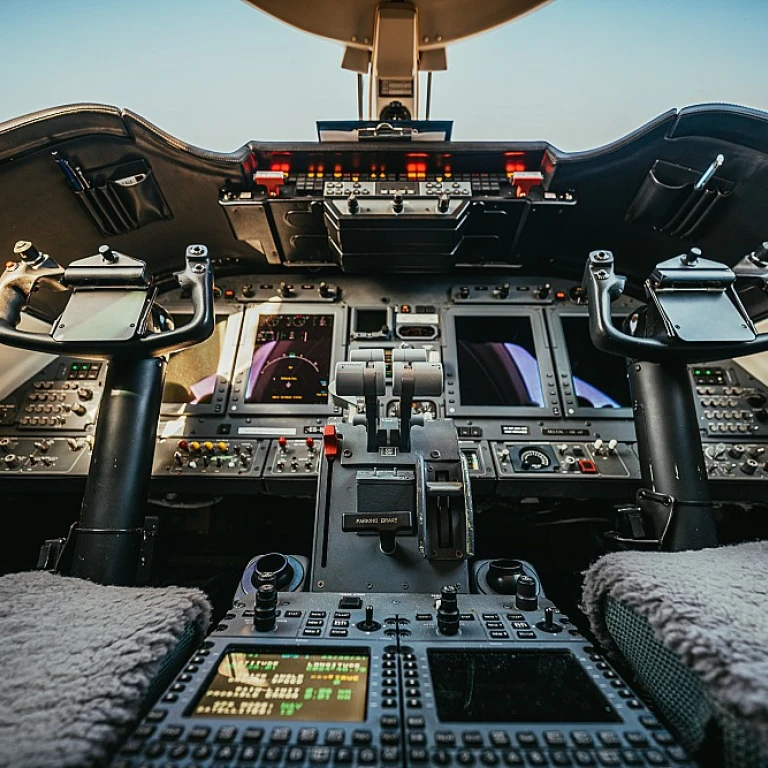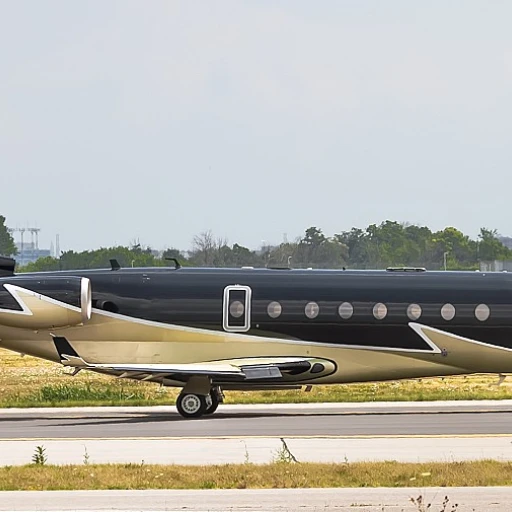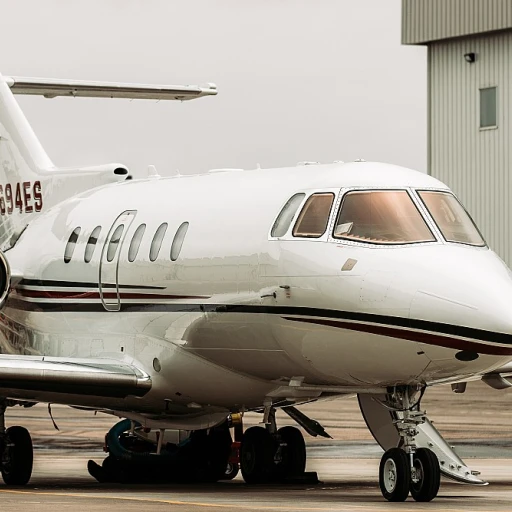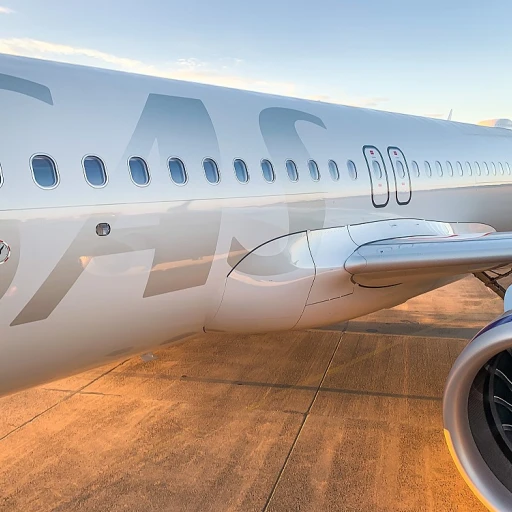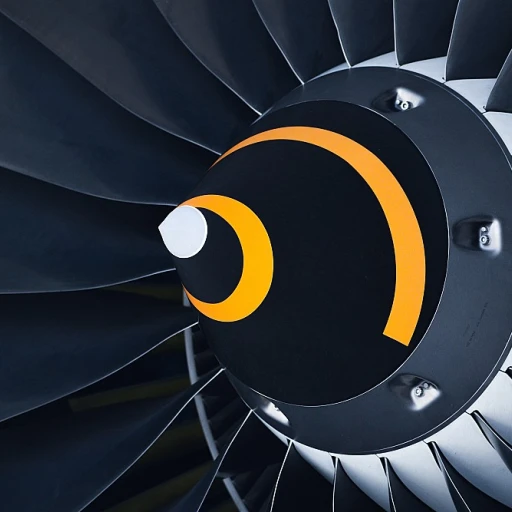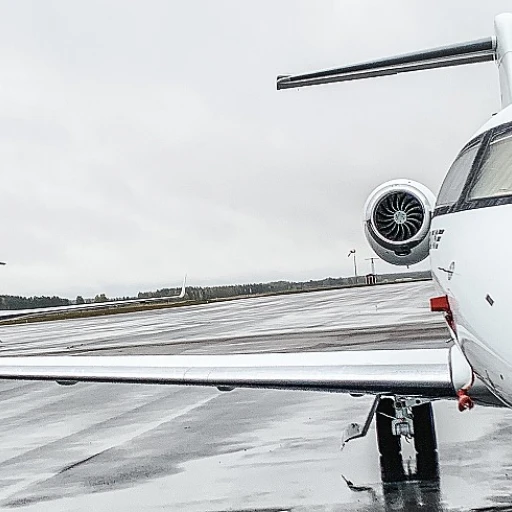
The Falcon 50EX: A Masterpiece of Aviation Engineering
Crafting Excellence in Aviation Design
The Falcon 50EX, a product of Dassault, stands as a testament to meticulous engineering in the realm of private aviation. This aircraft continues the legacy of French aviation excellence, offering a fine balance between performance, comfort, and efficiency. The airframe's design focuses on aerodynamic perfection, providing an unparalleled combination of range and speed. It shares the stage with renowned models like the Gulfstream and Bombardier Global, yet carves its own niche with distinct features.
Engineering Prowess and Innovation
Equipped with three powerful engines, the Dassault Falcon 50EX is engineered to deliver a smooth flight experience. These engines not only allow the jet to achieve superior air performance but also enhance fuel efficiency, setting it apart from other business jets like the Learjet and Cessna Citation. It's a marvel in the skies, capable of reaching altitudes over 40,000 feet, offering a long range capacity synonymous with luxury travel. The integration of cutting-edge technology in the flight deck optimizes navigation and operation, ensuring ease of use for operators.
For those interested in comparisons, the Falcon 50EX’s technical specifications can be juxtaposed with contemporaries such as the Embraer Phenom and the Bombardier Global Express. These figures contribute to its standing as a top-tier choice among business jet enthusiasts and professionals in aviation.
Explore the dynamics of private aviation further with our comprehensive overview of the most popular private jets on the market.
Performance and Range: What Sets the Falcon 50EX Apart
Unmatched Performance in Its Class
The Falcon 50EX sets a remarkable benchmark in aviation, particularly with its performance capabilities. This business jet comes equipped with three powerful engines that provide a blend of speed, range, and efficiency. Unlike other aircraft in its category, such as the Gulfstream or Bombardier models, the Falcon 50EX delivers a long range of over 3,000 nautical miles. This distance allows for seamless transcontinental flights without the need for frequent refueling stops, making it an ideal option for international business travel.
Speed and Efficiency
The jet’s cruise speed is another testament to its engineering prowess, reaching impressive velocities while maintaining fuel efficiency. Compared to other business jets like the Bombardier Global series or the Cessna Citation jets, the Falcon 50EX holds its ground with cutting-edge aerodynamics and state-of-the-art engine design. Such efficiency means reduced fuel costs over the jet's lifespan, an essential factor for businesses conscious of operational costs.
Performance Enhancements
The Falcon 50EX also benefits from advanced maintenance training and robust support from manufacturer Dassault. These enhancements help ensure the aircraft remains in peak condition, delivering optimal performance on every flight. Regular updates and rigorous training programs for flight deck crew further emphasize Dassault Falcon’s commitment to excellence. For more insights on comparable aircraft, you can explore popular private jets on the market.
Luxury and Comfort: Inside the Falcon 50EX Cabin
Elegance and Opulence: Unparalleled Cabin Comfort
For the discerning traveler, the Dassault Falcon 50EX offers a cabin environment that seamlessly marries elegance with cutting-edge aviation engineering. The aircraft's cabin can effortlessly accommodate up to nine passengers, enveloping them in a bespoke setting of opulence that few other jets, such as the Gulfstream or Bombardier models, can rival. The ballooning demand for high-level comfort paired with practical functionality is evident in the design choices inside the Falcon 50EX. The spacious cabin, boasting significant cubic feet of passenger area, allows for superb customization options. From plush seating arrangements to advanced climate control systems, each aspect is crafted to enhance the in-flight experience, creating an oasis of tranquility. Rich materials and subtle lighting contribute to an atmosphere that is nothing short of luxurious. Whether you're preparing for a penetrating business discussion or merely unwinding from a busy schedule, the Falcon manages to evoke an environment conducive to both productivity and relaxation alike.Impressive Configuration: Tailored Comfort and Functionality
Customization and adaptability are the Falcon 50EX's forte, standing shoulder to shoulder with prestigious models like Bombardier Global and Cessna Citation. With a design focus on passenger well-being, the jet covers various configurations and layouts tailored to specific requirements, ensuring that each flight is captivatingly unique. The attention to detail transcends the mere aesthetics. Observing the engineering prowess dedicatedly applied in crafting an ambient air system highlights the finesse Dassault has imbued in its creation. This system ensures that air quality is superb, maintaining consistent cabin pressure even during long-range flights. Explore the intricate world of the Falcon 50EX here, where luxury is not just expected, but seamlessly delivered—where the art of flying meets the epitome of comfort.Operational Efficiency: The Falcon 50EX Advantage
Maximizing Efficiency in Every Flight
The Falcon 50EX, designed by Dassault, exemplifies operational efficiency in the aviation industry. A key factor contributing to its prowess is the tri-engine configuration. Equipped with three engines, the Dassault Falcon can operate at impressive cruise speeds and boasts a long range. This makes it a strong competitor among business jets from brands like Gulfstream and Bombardier Global.
Another remarkable aspect of this aircraft is its ability to manage fuel consumption effectively. The Falcon 50EX is engineered for optimal performance, prioritizing fuel efficiency. This aspect doesn't just translate to reduced operating costs but also extends the range of travel possible, allowing the jet to reach further destinations without the need for frequent refueling stops.
Streamlined Design and Maintenance
The advanced design of the Falcon 50EX plays a pivotal role in its operational reliability. Its streamlined aerodynamics enhance not only speed but also efficiency during flights. Regular maintenance training for the Falcon ensures that any potential issues are addressed promptly, keeping the aircraft in peak condition and ready for operation.
Advanced Technology Enhancements
Dassault’s innovative advancements, such as the Falcon Easy flight deck system, integrate modern technology with user-friendly interfaces. This cockpit design aids pilots in optimizing fuel usage and improving flight management, ensuring a seamless experience from takeoff to landing. When compared to other premium jets like the Embraer Praetor and Cessna Citation, the Falcon 50EX holds its ground firmly in terms of technological sophistication and practical efficiency.
With these attributes, the Falcon 50EX not only meets the demands of discerning jet owners but also sets a benchmark for operational efficiency in the realm of private jets.
Safety Features: Ensuring a Secure Flight Experience
Ensuring Safety in the Skies
The Falcon 50EX, a renowned aircraft in the world of aviation, is designed with an emphasis on safety, ensuring peace of mind for every flight. While the Dassault Falcon and its counterparts, like the Gulfstream and Bombardier Global, are known for luxury and performance, the 50EX stands out for its robust safety features. First and foremost, the Falcon 50EX is equipped with advanced avionics systems. These cutting-edge technologies enhance situational awareness for pilots in the flight deck, reducing risks during flights. The cabin air quality is another factor, as it contributes to passenger comfort and health, further ensuring a smooth flight experience. Additionally, the aircraft's design incorporates redundant systems, which means that in case of a failure in one component, there is always a backup to maintain operations. This redundancy extends to its engines, commonly found in business jets like the Learjet and Embraer models, which are fortified with systems designed to ensure reliability. Another significant safety feature of the Falcon 50EX is the state-of-the-art training programs for pilots and maintenance crews. These training sessions, offered by Dassault, cover various scenarios and tactical responses, ensuring that crews are prepared to handle any situation. This is especially crucial for long-range flights where the aircraft's range is tested to its limits. Moreover, advancements in technology have made the Falcon Easy system a staple in the Falcon Dassault lineup, comparable to the adaptable systems seen in Embraer Legacy and Cessna Citation aircraft. This technology simplifies navigation and aircraft operations, providing another layer of safety for the entire journey. In conclusion, the Falcon 50EX is more than just a symbol of luxury aviation; it's a testament to the industry's commitment to safety and reliability. Whether you're comparing it to models like the Global Bombardier or considering the associated costs and training, the 50EX remains a reassuring choice for those who prioritize safety in their flight experiences.Market Position and Ownership Considerations
Competitive Market Position
In the competitive realm of business aviation, the Falcon 50EX holds a distinguished position due to its exceptional engineering and impressive range. It often competes with other renowned aircraft like the Gulfstream, Bombardier, and Cessna Citation models. However, the Falcon 50EX differentiates itself through its unique blend of performance, luxury, and operational efficiency.
Ownership Considerations
Prospective owners of the Falcon 50EX should consider various factors such as operating costs, maintenance training, and engine performance. The aircraft is known for its efficient fuel usage compared to similar long-range jets, which can result in significant cost savings over time. Additionally, its maintenance and training requirements are well-supported by Dassault's network, ensuring that all operational needs are met seamlessly.
Further, the resale value of the Falcon 50EX tends to remain robust due to the enduring appeal of its design and capabilities. It is essential for potential buyers to weigh these aspects against their specific needs, including desired cabin size, long-range capabilities, and flight deck technology.
Conclusion on Market Position
Ultimately, the Falcon 50EX is a prime choice for individuals or businesses looking for a robust, reliable business jet that offers a harmonious balance of range, luxury, and cost. Its competitive edge in the market, coupled with the renowned engineering of the Dassault brand, ensures that it continues to be a favored option among discerning aviators.
